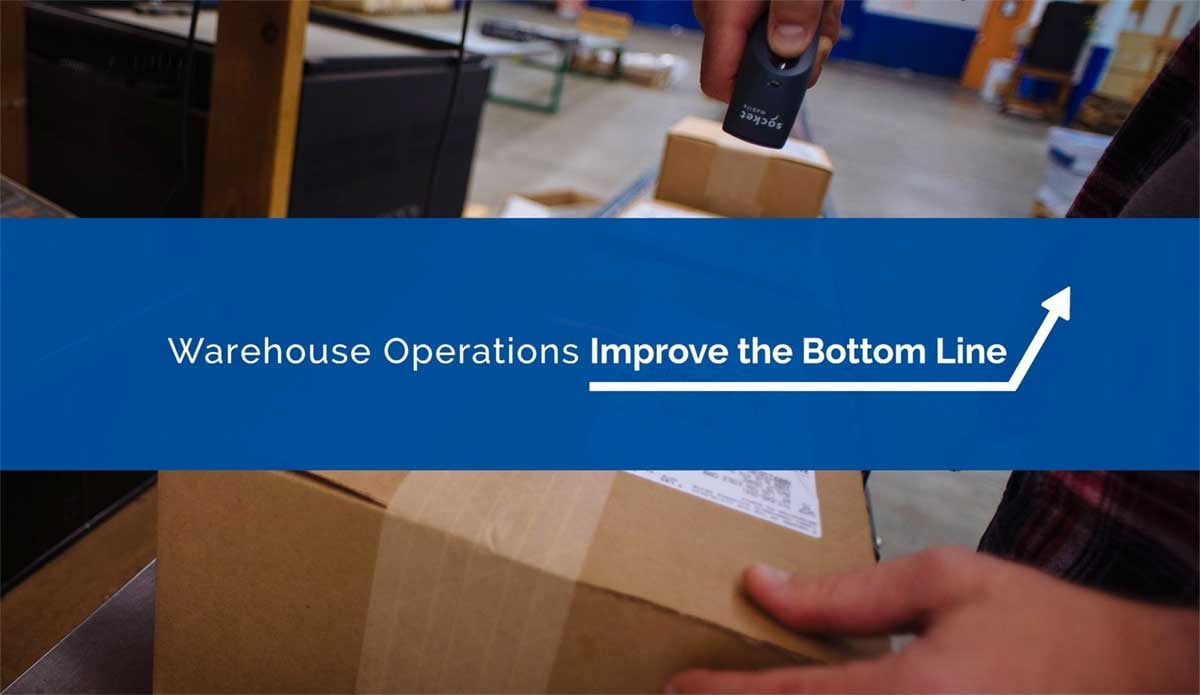Management by exception is a style of logistics and warehouse management. It focuses on spotting cases that deviate from the norm and then triggering certain actions to handle those cases. The idea is to detect potential problems rapidly, allowing managers to use their time and energy more wisely.
A warehouse automation project---if properly handled---can be a boon to operations efficiency and drive a company toward increased profitability. Still, projects of this scale require a fair amount of investment, both in terms of money and time. Change is hard and needs to be justified by efficiencies that directly impact the bottom line.
Many examples of automation exist including software solutions, barcode scanners, voice directed picking, automatic vertical carousels, and more. Often overlooked are software solutions that implement management by exception---a huge oversight, given that such solutions provide the best tools for managing a warehouse and keeping operations running smoothly.
7 Advantages of Warehouse Automation
Software that deploys management by exception provides a number of advantages when operating a warehouse that are not necessarily captured by other innovations. For example:
-
When exceptions occur, alerts can be routed instantly. When something is out of the norm---such as stock levels or time between receiving an order and shipping---it is usually a sign the matter needs attention. An automated system identifies this situation and issues an alert so that the issue can be rectified before it becomes a problem.
-
Those most able to solve the problem are immediately informed. Bureaucracy is often the enemy of speed. To act fast, the right people need the right information at the right time. For example, if there is not enough labor to process orders, the manager in charge of employee scheduling needs to know this right away. A management by exception system can notify multiple people in multiple ways to ensure the appropriate people are “in the loop.”
-
Backorders are reduced. Customer expectations in regard to item availability and shipping have been very much shaped by Amazon, Zappos, and other online giants.
Getting into a backorder situation is no longer an option. A system that uses management by exception can alert buyers of Low Stock and Out of Stock situations so that quantities can be replenished on time and eliminate backorders.
-
Inefficiencies, in the form of slow-moving inventory, are caught. An automated system can quickly identify slow-moving products and excess stock, which not only represents tied-up capital but also costs more to store and insure.
- Incremental improvements are found. Though not technically an exception, automation software can quickly and easily perform calculations, identifying small ways to cut costs and boost margins. Many of these small improvements might be too small to justify a large labor expense but are perfect for an automated system.
-
Human error is reduced. If you are human, you make mistakes. (“To err is human…”) Logistics, unfortunately, is a game with little tolerance for error. Quantities come in precise numbers; a specific percentage of goods are damaged, or not; SKUs have specific locations and destinations, and so on. Every step in operations can be quantified and measured. Doing any of this “by hand” is a long, laborious process. And the longer and more laborious a process is, the more likely an error (or several) will occur. Automated systems are much less prone to error, helping track inventory and keeping accuracy near 100%.
-
Reporting can be a daily occurrence. With older systems, data needed to be collected, organized, and analyzed before it could be compiled into a report. Thus, reports were always a backward-looking snapshot of what had already happened. Data was aggregated over the course of a month or more, and reports were received no more frequently than that. With today’s automated systems, data can be captured and analyzed in real time, meaning that reports can be compiled daily or anytime. Infoplus Commerce, for example, has a standard morning report that the system generates, and the report flags opportunities and challenges likely to occur during the day.
Automation is catching on, but companies are naturally worried about issues like cost and compatibility. Still, companies that have made the investment in robust automation systems consistently reap the benefits.
